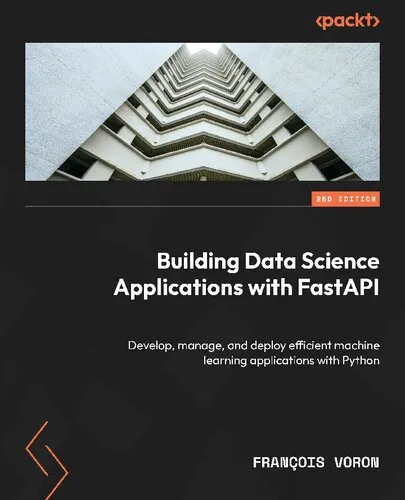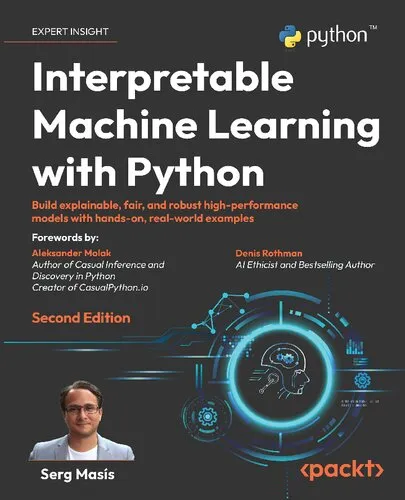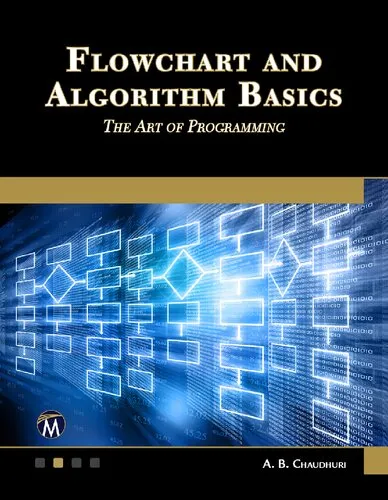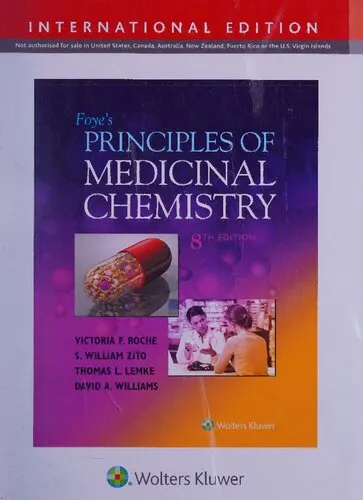Electrons in Solids: Mesoscopics, Photonics, Quantum Computing, Correlations, Topology (Graduate Texts in Condensed Matter)
4.8
Reviews from our users

You Can Ask your questions from this book's AI after Login
Each download or ask from book AI costs 2 points. To earn more free points, please visit the Points Guide Page and complete some valuable actions.Related Refrences:
Introduction to "Electrons in Solids: Mesoscopics, Photonics, Quantum Computing, Correlations, Topology"
"Electrons in Solids: Mesoscopics, Photonics, Quantum Computing, Correlations, Topology" is a comprehensive graduate-level text meticulously designed to bridge fundamental concepts of condensed matter physics with cutting-edge advancements in modern solid-state research. Authored by Hendrik Bluhm, Thomas Brückel, Markus Morgenstern, Gero Plessen, and Christoph Stampfer, this book is tailored for aspiring researchers, professionals, and advanced students eager to explore the deeper quantum-mechanical phenomena governing electron behavior in solids.
This book provides a balance between classical foundations and contemporary discoveries, ensuring that readers not only gain conceptual clarity but also appreciate how these principles underpin some of the most exciting technologies of our time—such as quantum computing, photonic devices, and topological materials. With an emphasis on interconnections between disciplines, the text equips readers with the analytical and experimental tools needed to contribute to fields at the forefront of physics, engineering, and material science.
Detailed Summary of the Book
The book begins by revisiting pertinent foundational concepts, such as electronic band structures, lattice vibrations, and the behavior of quasiparticles in different material systems. It then transitions into the realm of mesoscopic systems, delving into quantum interference, weak localization, and transport phenomena that manifest when systems shrink to nanoscale dimensions.
A pivotal portion of the book focuses on photonics, elaborating on methodologies to manipulate light and integrate it into solid-state platforms. Readers will gain insights into how photonic crystals, plasmonics, and optoelectronic phenomena influence our understanding of light-matter interactions in advanced devices like LEDs and lasers.
A crucial highlight of the book is quantum computing and quantum information science. This section not only explains the role of quantum mechanics in solving computational problems but also introduces the experimental realizations of qubits, quantum gates, and error correction in solid-state systems.
Discussions on many-body physics and electron correlations underscore the richness of emergent phenomena, spanning topics like superconductivity, quantum magnetism, and Mott transitions. The text elegantly connects these ideas with the field of topological materials, exploring concepts such as topological insulators, quantum spin Hall effects, and Majorana fermions, which have garnered significant interest for their potential in robust quantum computation.
By the end, the book integrates these themes into a cohesive narrative, showing how theory, experiments, and applications coalesce to push scientific frontiers in condensed matter physics.
Key Takeaways
- Comprehensive coverage of foundational and emerging topics in condensed matter physics, tailored for advanced students and professionals.
- Detailed examination of mesoscopic systems, quantum computing, and topological phases of matter.
- Interdisciplinary connections between physics, engineering, and technology.
- Emphasis on both theoretical frameworks and experimental advances, equipping readers for research and application.
Famous Quotes from the Book
"Every electron in a solid is a storyteller—its motion, entanglement, and interactions collectively define the narrative of condensed matter physics."
"The interplay of quantum coherence and decoherence shapes not only our understanding of the nanoscale but also the future of technologies like quantum computing."
"Topology is the quiet revolution of condensed matter physics—it offers simplicity in the face of complexity and robustness against perturbations."
Why This Book Matters
The rapid evolution of condensed matter physics demands an integrative approach to learning that balances rigor with modern relevance. This book matters because it serves as more than just a textbook—it is a guide to the research frontiers propelling advances in quantum technology, renewable energy, computing, and photonics. Aspiring physicists will discover a roadmap to understand and contribute to real-world problems, while established scientists will appreciate the concise and lucid exposition of complex topics.
With its depth and breadth, rooted in theoretical clarity and experimental insights, "Electrons in Solids" ensures that its readers are not mere recipients of knowledge, but active participants eagerly exploring the phenomena that define our universe at its most fundamental level. Whether you are investigating mesoscopic devices, building quantum computers, or deciphering the elegance of topological materials, this book lays a strong foundation for your intellectual journey.
Free Direct Download
You Can Download this book after Login
Accessing books through legal platforms and public libraries not only supports the rights of authors and publishers but also contributes to the sustainability of reading culture. Before downloading, please take a moment to consider these options.
Find this book on other platforms:
WorldCat helps you find books in libraries worldwide.
See ratings, reviews, and discussions on Goodreads.
Find and buy rare or used books on AbeBooks.
1091
بازدید4.8
امتیاز0
نظر98%
رضایتReviews:
4.8
Based on 0 users review
Questions & Answers
Ask questions about this book or help others by answering
No questions yet. Be the first to ask!
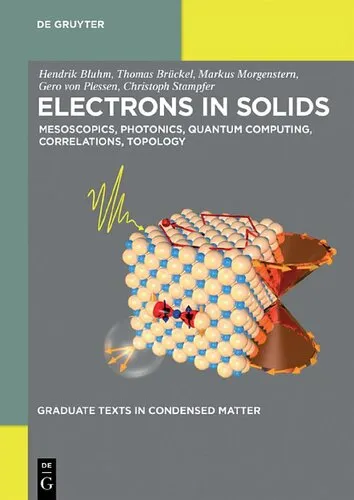


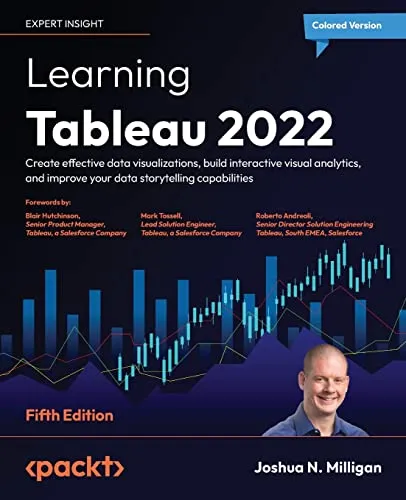

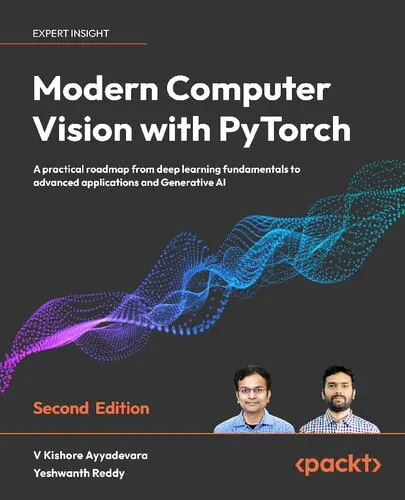
![The Ultimate iOS Interview Playbook: Conquer Swift, frameworks, design patterns, and app architecture [Team-IRA]](https://s3.refhub.ir/images/thumb/The_Ultimate_iOS_Interview_Playbook__Conquer__29925.webp)
